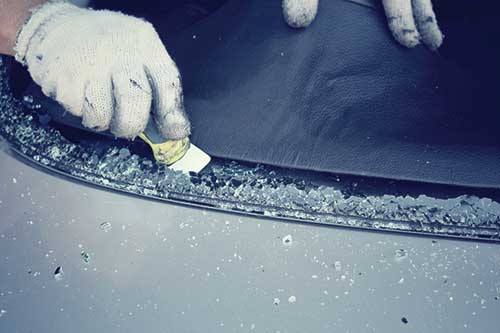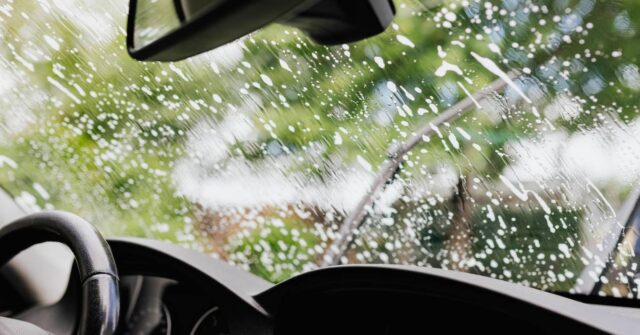Windscreen wiper blades don’t get much credit – until it rains. Then suddenly, they’re the unsung heroes of visibility and road safety
If your wipers are squeaking, streaking, or flapping about like they’re trying to take off, it’s time for a replacement.
The good news? Swapping them out is one of the easiest car maintenance tasks you can do yourself.
This guide will walk you through everything you need to know to get it done right, rain or shine.
Why Replacing Your Windscreen Wiper Blades Is Important
Wiper blades may look simple, but they play a critical role in keeping you safe behind the wheel.
When they wear down, they can’t clear water effectively, which reduces visibility, especially during storms or wet road conditions.
Neglecting them might seem harmless, but it can lead to bigger problems like scratched windscreens or even accidents.
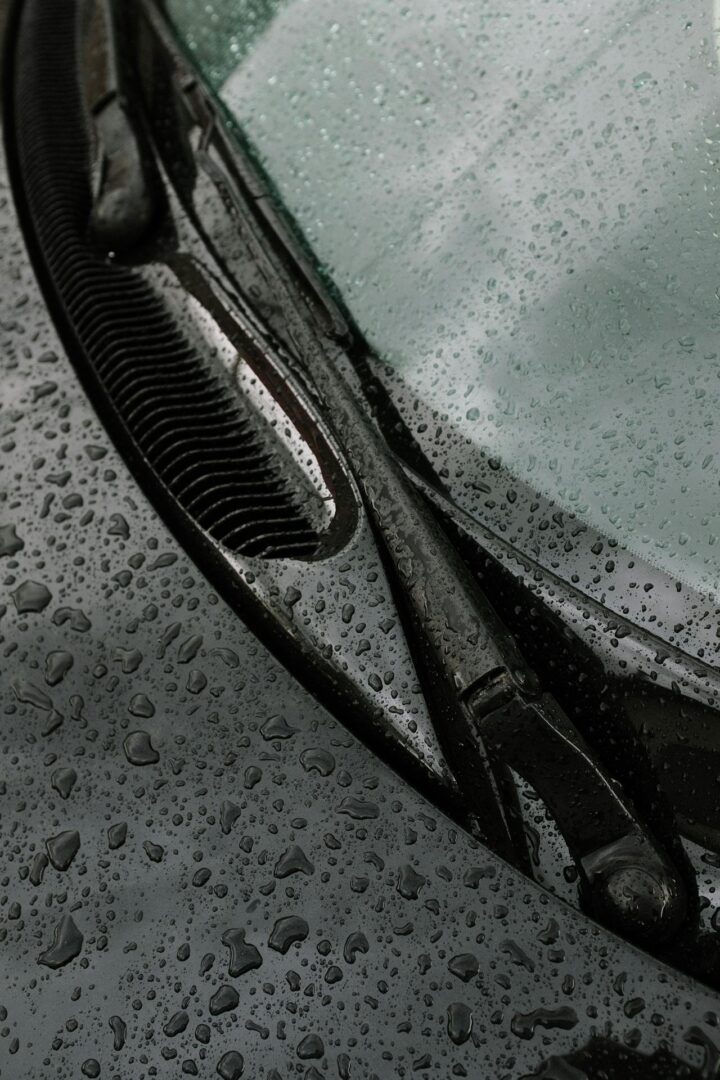

Signs Your Wiper Blades Need Replacing
Your car might be giving you signals, but you need to know what to watch for. If your blades leave streaks, make squeaky noises, or skip sections of your windscreen, they’re overdue for a change.
If the rubber looks cracked or frayed, that’s another red flag. And if you notice reduced performance during light drizzle or mist, don’t wait – it won’t get better with time.
The Safety Risks of Worn-Out Wipers
Poor visibility is one of the leading causes of weather-related crashes. Worn blades can smear water, reduce your reaction time, and even distract you with irritating noises.
On top of that, faulty wipers can scratch your windscreen, turning a minor fix into a pricey repair. It’s like trying to see through a shower screen while driving – it’s just not worth the risk.
How Often Should You Replace Wiper Blades?
In Australia, where conditions range from dry dust to heavy rain, wipers generally last 6 to 12 months. But it’s not just about age, usage and exposure to sun, dirt, and weather also wear them out.
A good rule of thumb? Check them every 6 months, especially before winter or the rainy season.
Tools and Materials You’ll Need
You won’t need a garage full of gear for this one. Most replacements are tool-free, but having a few basic items on hand can help make things smoother.
Types of Wiper Blades
There are three main types: conventional, beam, and hybrid. Conventional blades are your basic design with a metal frame.
Beam blades are more modern with a single curved piece and better wind resistance. Hybrids blend both, offering durability and performance. Check your car’s manual or an online guide to see what fits.
Where to Find the Right Blade Size for Your Car
Your owner’s manual is the best place to start. If that’s missing, most auto parts stores have wiper size charts or tools you can use.
Online databases work too – just enter your car’s make, model, and year. Wiper blades come in pairs, and sometimes each side is a different length, so don’t guess.
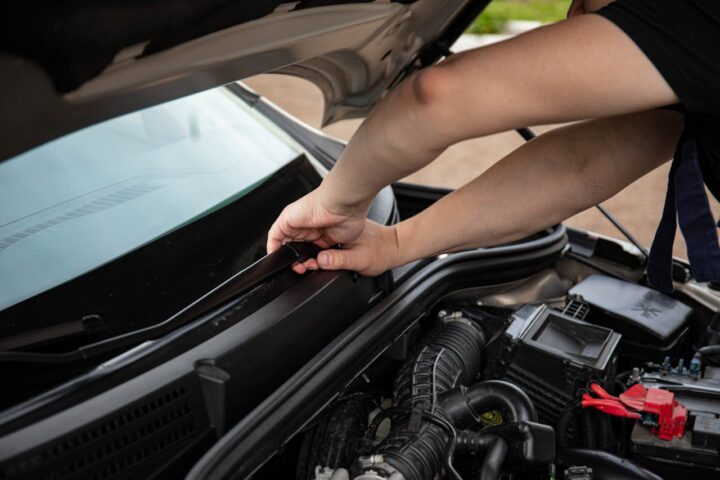

Optional Tools for Easier Installation
You might find a small screwdriver handy if your wipers use a locking tab or clip.
A cloth or towel is also useful to place on the windscreen – this prevents any accidental smacks if the wiper arm springs back while the blade is off. Trust us, that arm can snap back like a mousetrap.
How to Change Windscreen Wiper Blades: Step-by-Step Guide
Ready to get your hands dirty (well, not too dirty)? Here’s a clear, fuss-free way to swap out your blades.
Step 1: Lift the Wiper Arm Away from the Windscreen
Gently pull the wiper arm up until it clicks into a position that stays upright. Most wipers will hold themselves up, but if yours doesn’t, support it with your hand.
Don’t force it – wiper arms are spring-loaded and can snap back quickly.
Step 2: Remove the Old Wiper Blade
Look at the joint where the blade connects to the arm. There’s usually a small clip, tab, or button. Press it while sliding the blade downward or sideways, depending on the mechanism.
Some types may feel a bit stiff, but they’ll come off with a firm, careful tug.
Step 3: Attach the New Wiper Blade
Take your new blade and line it up with the hook or connector. Push it in until you hear a click or feel it lock into place. Double-check that it’s secure by giving it a gentle tug – it shouldn’t slide off.
Step 4: Carefully Lower the Wiper Arm Back Into Place
Ease the arm back onto the windscreen slowly. If it drops too fast without a blade, the bare metal could chip or crack your glass.
Remember that towel we mentioned earlier? Now’s the time to use it, just in case.
Step 5: Test Your New Wiper Blades
Hop in your car and give the wipers a test. Spray a bit of windscreen washer fluid and check for smooth, streak-free movement. No dragging? No noise? You’re good to go!
Common Challenges and Troubleshooting Tips
Sometimes the process doesn’t go as smoothly as the YouTube tutorials suggest. Here’s what to do when things don’t go to plan.
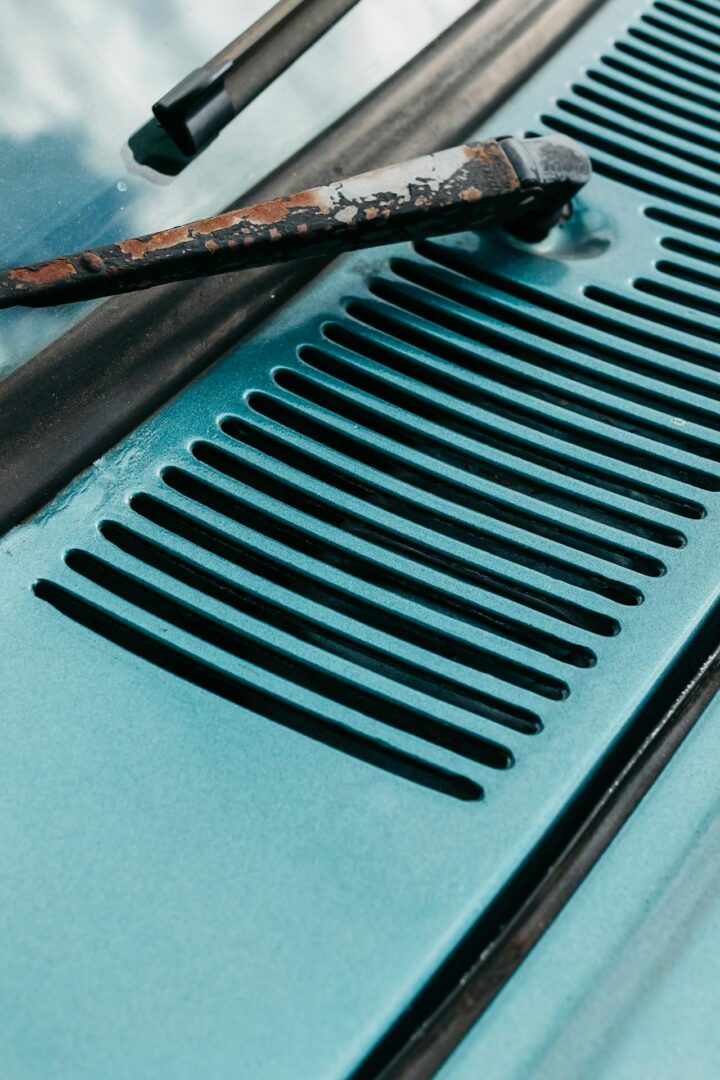

Dealing With Stuck or Rusted Wiper Arms
If your wiper blade won’t budge, don’t yank it. Spray a bit of WD-40 on the joint and let it sit for a minute. Wiggle it gently until it loosens. Patience beats brute force every time.
Understanding Different Wiper Blade Attachment Mechanisms
There are several connection types: hook, pin, side lock, and bayonet. Each one connects differently.
If your blade won’t come off, double-check the design and follow the correct steps. YouTube is your friend here, but make sure the video matches your car model.
What to Do If Your Wipers Still Streak or Skip
If new blades still don’t wipe clean, the issue might be the windscreen. Clean the glass thoroughly with a good cleaner.
Also, make sure the blade is aligned properly and not twisted. Sometimes the blade rubber is faulty – don’t be afraid to exchange it if it’s brand new and still causing issues.
Maintaining Your Wiper Blades for Longer Life
Like anything on your car, wipers need care. A little upkeep can add months to their lifespan.
Regular Cleaning Tips
Every couple of weeks, wipe the blades with a damp cloth or a bit of rubbing alcohol. This clears off dust, grime, and bug guts that shorten the rubber’s life.
Don’t forget to clean your windscreen too – it’s a two-way street.
How Weather Affects Blade Wear
Hot Aussie sun can dry out rubber faster than you’d think. Cold weather can crack it. Sand, salt, and debris don’t help either.
Park in the shade when you can and don’t run the wipers on a dry, dusty windscreen – that’s just asking for trouble.


When to Inspect Your Wipers
Quick checks once a month will do the trick. Look for cracking, peeling, or if the rubber is separating from the frame. Don’t wait for a rainy day to find out they’ve stopped doing their job.
Choosing the Right Wiper Blades for Your Vehicle
All wipers aren’t created equal. Some are built for performance, others for longevity. Picking the right blade can make a real difference in wet weather.
Conventional vs. Beam vs. Hybrid Blades
Conventional blades are budget-friendly but may struggle at higher speeds. Beam blades hug the windscreen better and last longer in harsh weather.
Hybrids aim for the best of both worlds. If you’re unsure, a hybrid is a safe bet for all-season performance.
How to Read Wiper Blade Packaging
Most packs list the vehicle makes and models they’re compatible with. Some include measurements in millimetres – double-check against your car’s requirements.
Avoid cutting blades to size unless the design specifically allows it. That’s a one-way ticket to uneven wiping.
Should You Go With OEM or Aftermarket?
OEM blades are the exact ones your car came with – reliable, but often pricier. Aftermarket blades come in all shapes and price points.
Some perform just as well, if not better. Stick with trusted brands, and always check for proper fit.
FAQs About Wiper Blade Replacement
Still have questions? You’re not the only one. Let’s clear up a few common queries.
Can I Replace Wiper Blades Myself?
Yes, and you probably should. It’s quick, cheap, and doesn’t require tools. Even if you’re not a “car person,” this is one DIY job you can knock over in ten minutes flat.


Are All Wiper Blades Universal?
Not quite. Blade lengths and attachment types vary. Universal-fit blades try to cover most bases, but they still need to match your car’s size and arm design. Always check compatibility before buying.
Do Rear Wiper Blades Need Replacing Too?
Absolutely. Rear wipers are often forgotten, but just as important for visibility, especially when reversing. They typically last longer since they’re used less, but don’t ignore them.
Need Help With Windscreen Maintenance?
Wiper blades are one piece of the puzzle. If you notice chips, cracks, or other damage while replacing them, it might be time for a professional windscreen check.
A clean, clear windscreen works hand-in-hand with fresh blades to keep you safe and confident on the road.
When to Call a Professional
If the wiper arms are damaged or your windscreen has issues that make blade replacement ineffective, give the experts a call.
For Sydney locals, mobile service options like Metro Auto Glass can come to you and sort it out without hassle.
Related Auto Glass Services You Might Need
While you’re thinking about visibility, consider if your windscreen needs a chip repair, a full replacement, or a seal inspection.
Staying on top of these small issues can save you from bigger headaches down the line.



